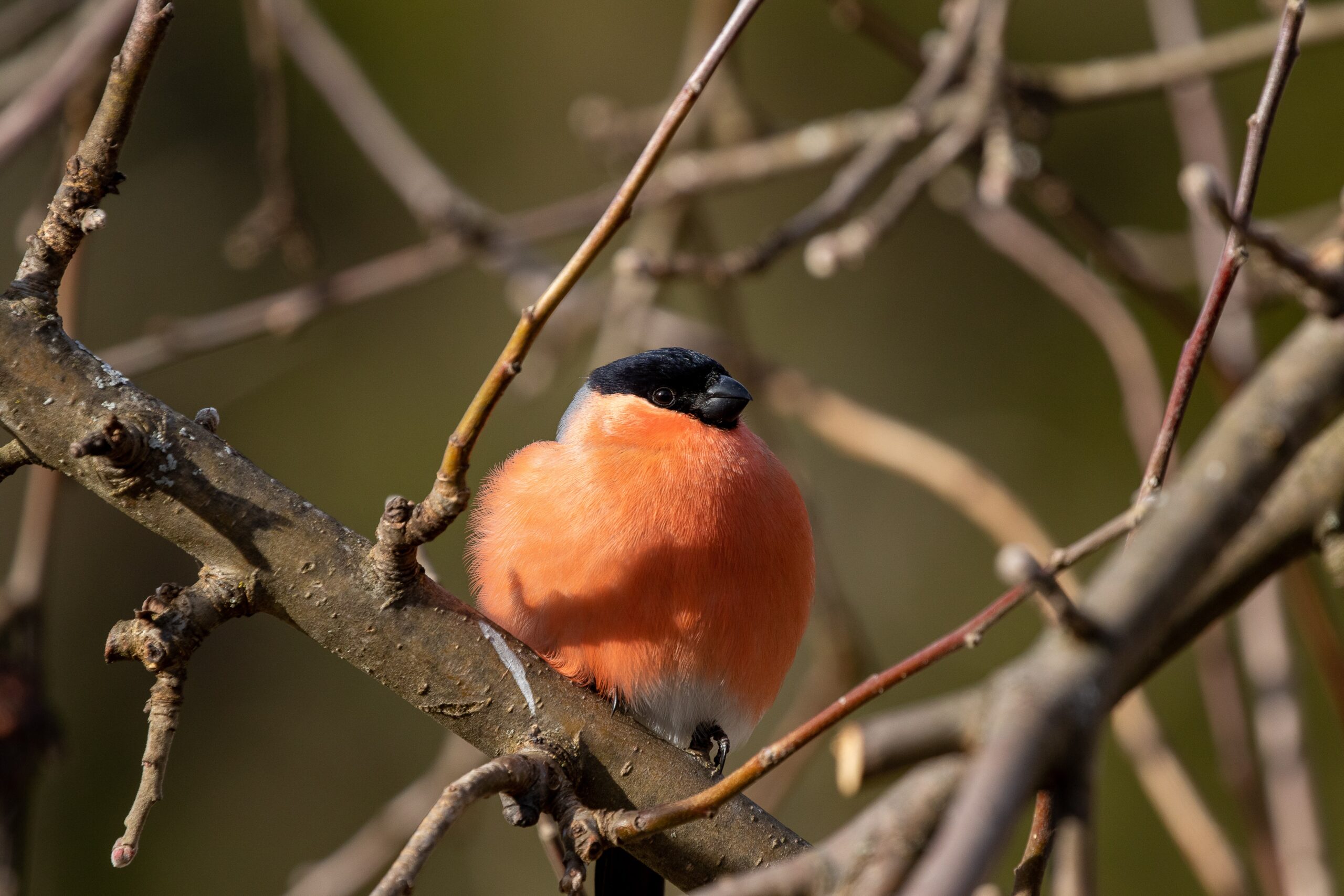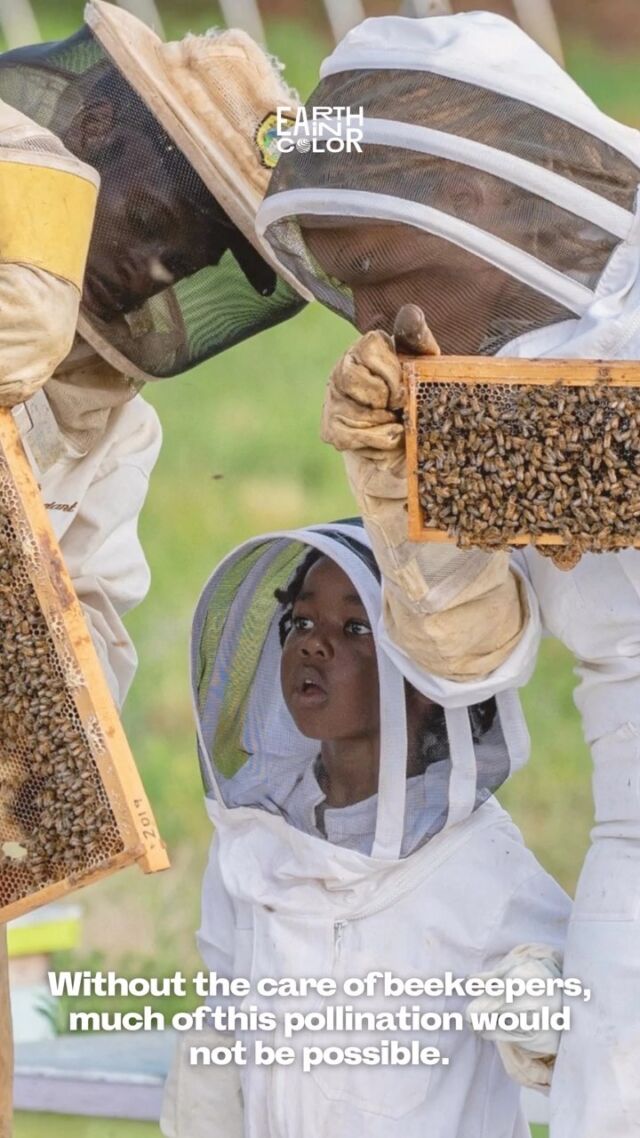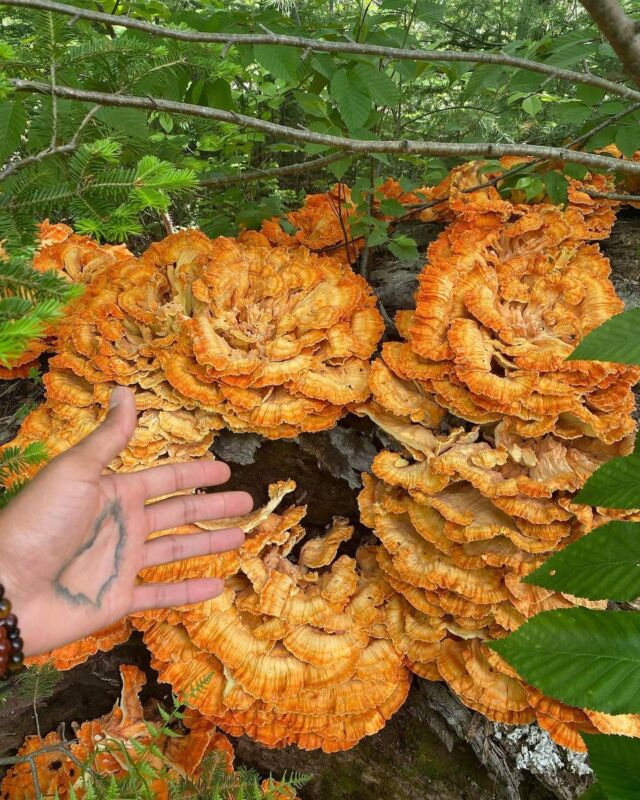Many people who jump at the chance to explore the natural world when it’s warm and sunny outside are much more hesitant to venture out into the cold during the winter months. Trust me, I understand—although I grew up in snowy upstate New York, I’m certainly not one to argue in favor of braving the chilly winter winds. After my attempts at snowshoeing during my preteen years left me with snow down the back of my coat, I was (and still am) quite content spending November through February curled up by the fire with a book in hand.
Even if you’re like me and not quite ready to hit the ski slopes or attempt a hike on a snowy morning, there are plenty of other ways to engage with nature while still keeping your toes warm. Try out these suggestions for staying connected with the outdoors even while staying indoors—no winter coat required!
1. Start on your spring garden
For those of you who are curious to see what you can grow in your window box or around your home, there are plenty of plants that thrive in the wintertime, like kale, carrots, onions, or garlic. For herbs, try growing chives, thyme, or sage. Or, if you’re just looking to brighten up your home come spring, try planting flowering bulbs like tulips, crocuses, or daffodils. Growing plants from seeds can be intimidating, but after learning a few gardening tips, you’ll see it’s easier than you might think. And if you’d rather give yourself a head start, consider buying seedlings or other young plants.


2. Try out new plant-based recipes
If you’d rather work with plants after they’ve already been harvested, challenge yourself to cook with a variety of legumes, veggies, and fungi as a way to explore plant-based ingredients that are less familiar to you. Even better, check out what’s in season in your area during the winter months and try to incorporate those ingredients into your cooking throughout the season. If you’re looking for ideas to get you started, check out some of our EATS recipes.
3. Create art inspired by nature
Whether you’d prefer to break out the watercolors to paint a winter scene in your bedroom or scour old magazines and catalogs to use for a collage, there are plenty of ways to connect with nature by creating art. Try choosing a particular outdoor scene that’s visible from a window in your home and either paint or sketch the exact same view every two weeks, giving a new perspective on how the environment you live in shifts as the season progresses and changes.
4. Get to know your local birds
Despite what those old adages say, not all birds fly south for the winter. In fact, regardless of what climate you live in, there are certainly birds who could benefit from your help in the winter, since that’s when their usual seed reserves are often depleted. Consider making a bird house and putting out birdseed, peanuts, cracked corn, and other treats to help keep your local birds fed. This activity also has the bonus of allowing you to do a little winter birding from the comfort of your own home. (If you’re looking for tips to get started, check out our birding guide from last summer!)

5. Read books about nature
Interested in learning more about Indigenous plant knowledge? Try diving into the classic nonfiction book Braiding Sweetgrass by Robin Wall Kimmerer. If you’d rather explore the environment from a historical perspective, consider Rooted in the Earth: Reclaiming the African American Environmental Heritage by Dianne D. Glave. For those looking for an ecological deep-dive into climate change, The Nature of Nature: Why We Need the Wild by Enric Sala is a perfect read. There’s no shortage of books out there on nature and the environment, and reading is a perfect way to deepen your understanding of the natural world from the comfort of your couch. You can often find these books and others like them for free at your local library or possibly online through the Libby app, which allows library card holders to read e-books on their phones, laptops, or tablets.
6. Learn about your local environment
There are plenty of ways to learn about your local environment and deepen your connection to nature without sacrificing indoor heating. Perhaps your local natural history museum has an exhibit on the flora and fauna native to the area, or perhaps there’s a botanical garden nearby with indoor greenhouse exhibits.
7. Watch nature documentaries
One of the easiest ways to engage with the outdoors while staying cozy indoors is by streaming nature documentaries and docuseries. If you’re in search of a more expansive look at the Earth, check out the Emmy-nominated Our Planet (Netflix). For those who prefer a person-focused film, consider the Jane Goodall documentary JANE (Disney+), or dive into Chasing Coral (Netflix) to learn more about how climate change is impacting our oceans. Some other standouts include Tiny World (Apple TV+), an exploration of our littlest creatures, Wings of Life (Disney+), a look at the majesty of our winged friends, and A World of Calm (HBO Max), a mindfulness-centric look at the many wonders of our world.






















![Did you know you could be buying fake honey? 👀🍯
According to @detroithives co-founder Timothy Paule Jackson, “ninety percent of most honey that you get in big box stores is fake.” To make sure you’re getting the real stuff, he suggests checking out the nutrition label. Fake honey will have ingredients like “high fructose corn syrup, peach syrup, [and] it’ll have some type of sugar.” Avoid honey labeled as “pure” or “pasteurized,” and instead look for words like “raw” or “local.”
And with winter approaching, it’s the perfect time to stock up — not only is it full of vitamins and minerals, but real honey can also be used as a remedy for sore throats and coughs. Swipe to check out some of our favorite Black-owned bee farms and Black beekeepers selling the good stuff 🐝🍯](https://earthincolor.co/wp-content/uploads/sb-instagram-feed-images/314552686_126502226881255_7598404171432106028_nfull.jpg)



